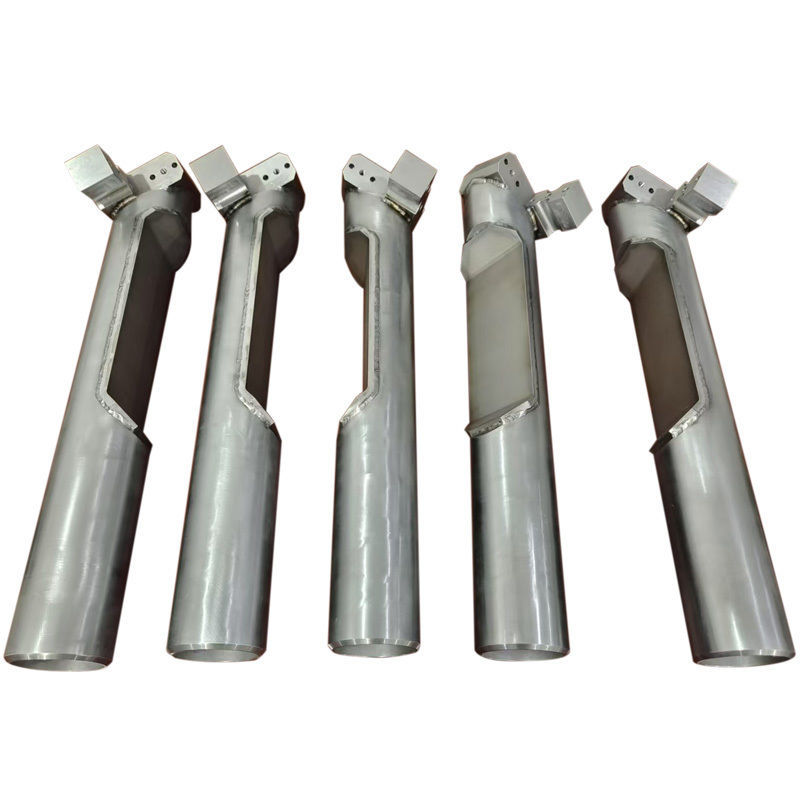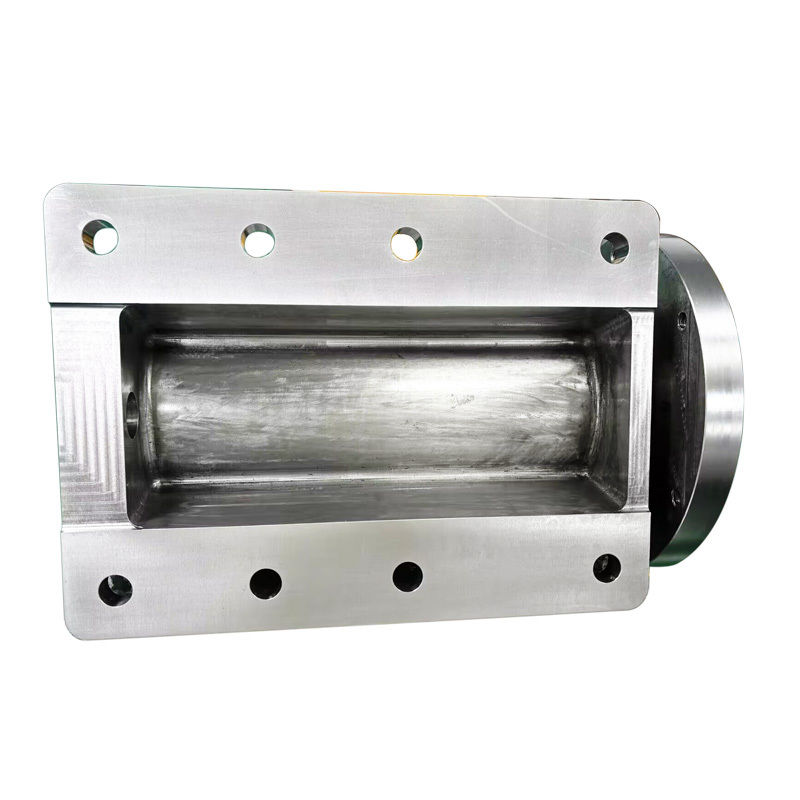
Premium CNC Welding Parts and High-Precision Sheet Metal Solutions
-
Highlight
CNC welding parts with warranty
,high-precision sheet metal solutions
,premium metal welding parts
-
Product NameWelding Parts
-
Surface TreatmentAnodizing,polishing,chrome As Your Request
-
ServiceOEM /ODM CNC Machining
-
Apply ToAny OEM Cnc Machining Parts
-
SampleNeed To Pay Sample Fee
-
Tolerance0.01-0.005mm
-
ProcessCnc Machining+deburrs
-
FeatureDurable And High Precision
-
ColorCustomized Color
-
Delivery Time3-7 Days For Sample Order, 7-15 Days For Bulk Order After
-
Place of OriginGuangdong
-
Brand NameHS
-
CertificationISO9001:2015
-
Model NumberHS-317
-
Minimum Order Quantity1,Piece/Pieces
-
PriceUSD,0.48-8.55,Piece/Pieces
-
Packaging DetailsEPE foam inside and Carton outside or EPE foam inside and Wooden outside
-
Delivery Time3-7 work days
-
Payment TermsL/C,D/A,D/P,T/T,Western Union,MoneyGram
-
Supply Ability5000,Piece/Pieces,Month
Premium CNC Welding Parts and High-Precision Sheet Metal Solutions
Premium CNC Welding Parts and High-Precision Sheet Metal Solutions
The manufacturing industry's relentless pursuit of excellence has led to the development of high-quality CNC welded parts, setting new standards for quality and precision. The combination of high-precision CNC welded parts manufacturing and traditional sheet metal welded parts manufacturing represents a technological leap.
| Safety Measures | Protective Gear, Ventilation |
|---|---|
| Welding Materials | Steel, Aluminum, Stainless Steel |
| Service Area | Nationwide |
| Welding Positions | Flat, Horizontal, Vertical, Overhead |
| Material | Metal |
| Process | Welding |
| Equipment | Welding Machine |
| Quality Control | Visual Inspection, NDT Testing |
| Experience | 15+ Years |
| Type | Manual |
Spot Welding
Spot welding, also known as resistance welding, is a welding method that involves compressing two metal plates and applying pressure and heat from copper electrodes to form a weld joint connecting the two plates. Spot welding is often confused with stud welding, which also uses a small number of welds to join two metals, but unlike stud welding, spot welding produces a permanent weld.
Spot Welding Considerations
- Requires specialized tools and fixtures to ensure weld quality
- Produces good weld structure, though generally not waterproof
- Suitable for limited material thicknesses and part geometries
- Achieves Grade A smoothness without additional grinding
- Creates joints as strong as continuous welds
- Ideal for creating structures such as hat channels
- Most cost-effective option for high-volume projects
- Requires strategic placement to ensure proper component function
Spot welding is a low-heat, typically temporary welding process that holds metal sheets together in proper alignment until a permanent weld can be achieved.
Stud Welding Considerations
- Economical method for securing components when high-quality welding isn't required
- Not recommended for structural applications requiring high strength
- Typically does not provide waterproof welds
Stud welding is a practical temporary solution but should be used with caution in demanding welding applications.
Wire Welding
Wire welding, also known as fusion welding, is a welding method that joins two surfaces together by heating them to their melting point. A filler rod may or may not be used.
Wire Welding Considerations
- Typically used for steel or stainless steel parts
- Enables watertight welds for tight seals
- Produces fine welds requiring minimal cleaning
Seam Welding
Seam welding, also known as intermittent welding or stepped welding, involves applying short weld seams (typically 1-2 inches) between two parts at the joint, making it appear like a seam. This welding method is typically achieved using a filler rod.
Seam Welding Considerations
- Ideal for seams or joints that don't require complete welding
- Not waterproof due to gaps between weld lines
- Lower risk of part deformation from minimal heat generation
- More economical than welding entire seams
Wire welding and seam welding each have distinct characteristics and applications. Selecting the appropriate welding method can significantly improve both quality and cost-effectiveness.
Packaging and Shipping
Product Packaging
Our welding service products are securely packaged using high-quality materials to maintain their original condition during transportation and prevent any transit damage.
Shipping
We provide fast, reliable shipping through reputable carriers to ensure timely delivery in perfect condition. Shipping costs are calculated at checkout based on your location and selected method.
Frequently Asked Questions
Q: How can I get a quotation, is it free?
A: Send us your design drawings or sample for an immediate free quotation.
Q: What is the process to place the order?
- Submit drawings for free quotation
- We produce a sample for quality approval
- Batch production begins after sample qualification and service acceptance
Q: What surface treatments can you handle?
A: Powder coating, paint, polish, brushed, galvanized, anodized, sand blasting.



